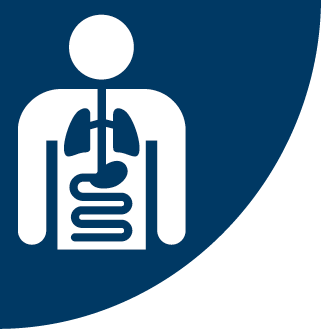NEWSWATCH
CHEMICAL AND MATERIAL HAZARDS

Resources Help First Responders Protect Themselves from Fentanyl Exposures
The recommendations "serve as a key step in the efforts to protect the people on the front lines of the opioid epidemic, who first come to the aid of those in need,” said Donna Heidel, CIH, FAIHA. Heidel serves on AIHA’s Board of Directors and is chair of AIHA’s Opioids Work Group. “Going forward, it is imperative that the recommendations are followed up with the development of specific field guidance, hands-on training, and the creation of short, field-useful wallet cards and social media," Heidel said.
The new recommendations urge first responders to wear gloves and eye protection and to use a properly fitted, NIOSH-approved respirator when responding to situations where the presence of fentanyl is suspected. First responders and others should avoid actions that may cause powder to become airborne. According to the recommendations, inhalation of airborne powder containing fentanyl is most likely to lead to harmful effects; however, it is less likely to occur than skin contact.
Printable versions of the posters are available from the White House website. Recent Synergist coverage of opioids and first responders includes the articles “The Opioid Abuse Epidemic” in November 2017 and “Protection in an Uncontrolled Environment” in December 2017.

